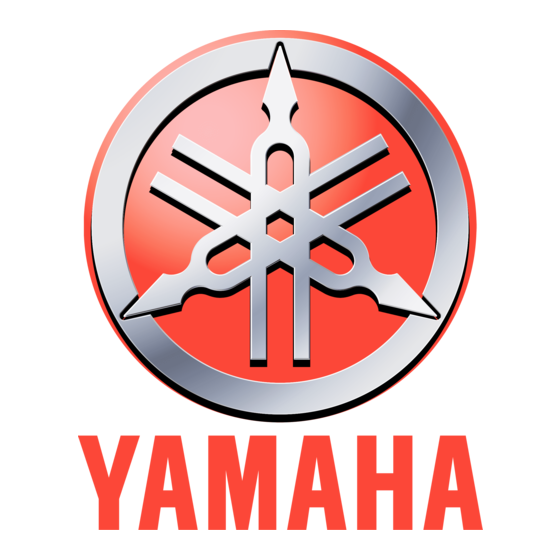Yamaha 78Rd II Opuscolo - Pagina 8
Sfoglia online o scarica il pdf Opuscolo per Strumento musicale Yamaha 78Rd II. Yamaha 78Rd II 12. Ultimate stage pianos, power amplifiers/ compressor blocks

Wr
69Wr, 77Wr
Sharing the limelight with the Rd pianos in
the sixties and seventies, the Wr electric
piano produced its distinctive sound by
striking flat steel-reed resonators with
hammers whose action closely resembled
that of an acoustic piano. Thanks to this
design, light playing produced a delicate
sound, while playing with force produced a
thick, heavy sound with unique distortion.
Earlier models were noted for a powerful
sound with a slightly higher level of
distortion; later models had a bright, clearly
defined tone. Both of these Wr variations can
be recreated by the CP1, as can the
pleasant-sounding distortion of this electric
piano and its unique tremolo effect. And with
three-band tone control also included, a
broad range of different sounds can be easily
configured.
Sound Enhancement
Piano Type Unit
Damper Resonance Level
Typically occurring when an acoustic piano's
damper pedal is depressed, sympathetic
resonance can also be produced by
depressing the CP1's sustain pedal, and the
Damper Resonance Level parameter is used
to adjust the level thereof.
Hammer Stiffness
The Hammer Stiffness parameter can be
used to make the piano sound harder or
softer in the same way as if the physical
properties of the hammers were to be
changed.
Striking Position
The Striking Position parameter is used to
reproduce the effect of moving the point at
which an electric piano's hammers strike the
resonators.
In order to allow for extremely-flexible creation of piano sounds, the
CP1's Piano Block features a wide range of sophisticated parameters for
each piano type and the associated pre-amp. What follows is an
introduction to some typical examples of parameters for acoustic and
electric piano sounds.
Pre-Amplifier Unit
Bass, Treble, Overtone
The Pre-Amplifier unit has been provided with tone controls optimized
for each different piano type, and the following diagrams illustrate the
frequency characteristics corresponding to some typical parameter
settings.
Bass
Treble
+20dB
+20dB
+20dB
0dB
0dB
0dB
-20dB
-20dB
-20dB
10Hz
10 Hz
Hz
1.0 kHz
1.0 kHz
kHz
100Hz
100Hz
Hz
10.0kHz
10.0kHz
Bass
Overtone
+20dB
+20dB
+20dB
0dB
0dB
0dB
-20dB
-20dB
-20dB
10 Hz
10Hz
Hz
1.0 kHz
1.0 kHz
kHz
100Hz
100Hz
Hz
10.0kHz
10.0kHz
73Rd I
kHz
Dyno
kHz
